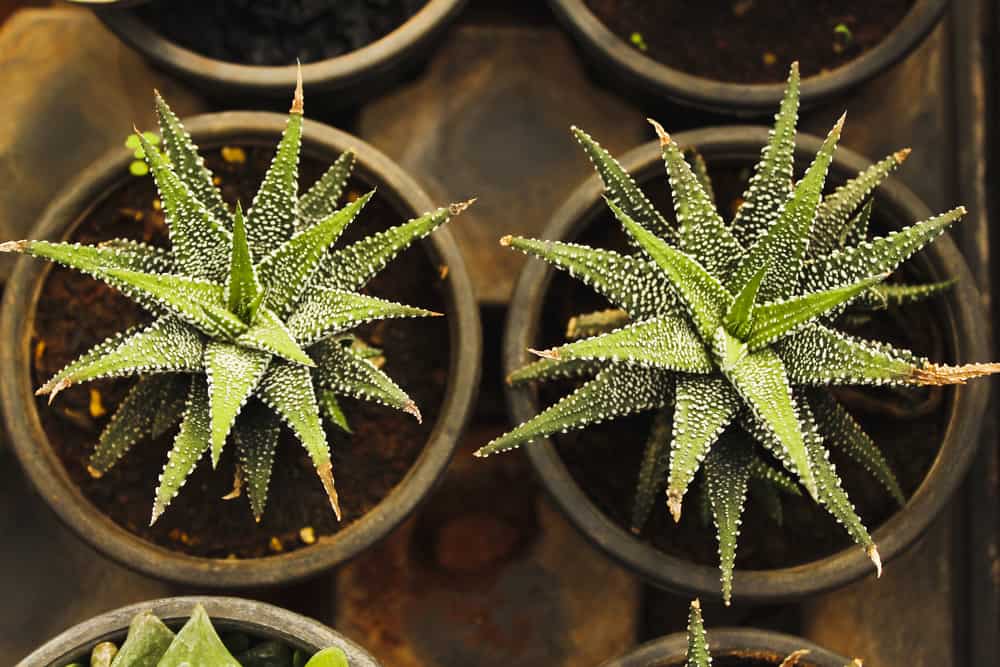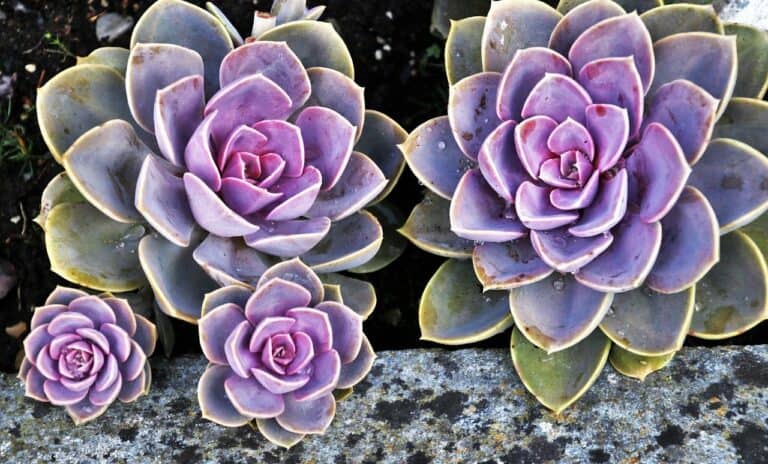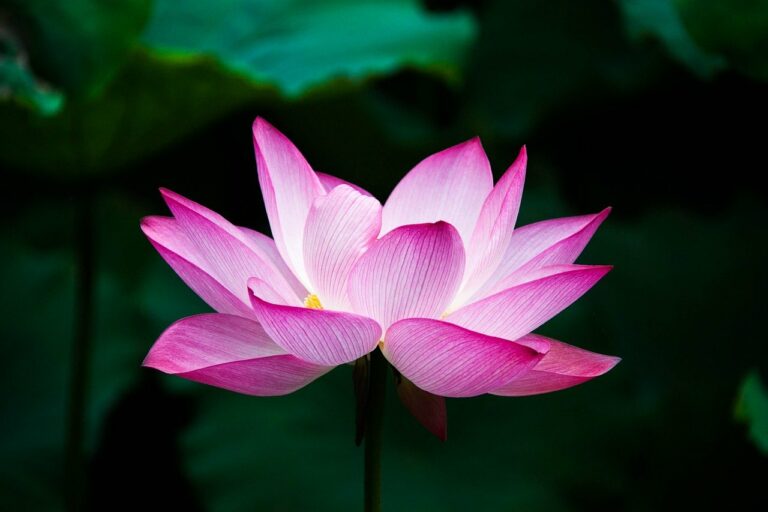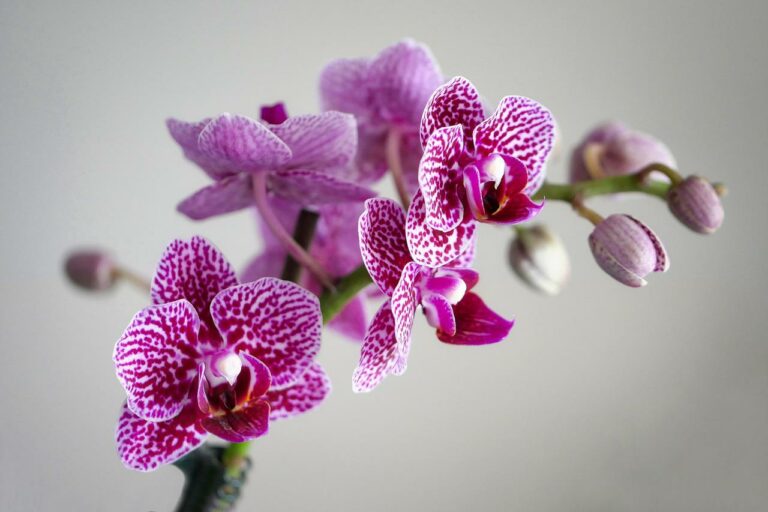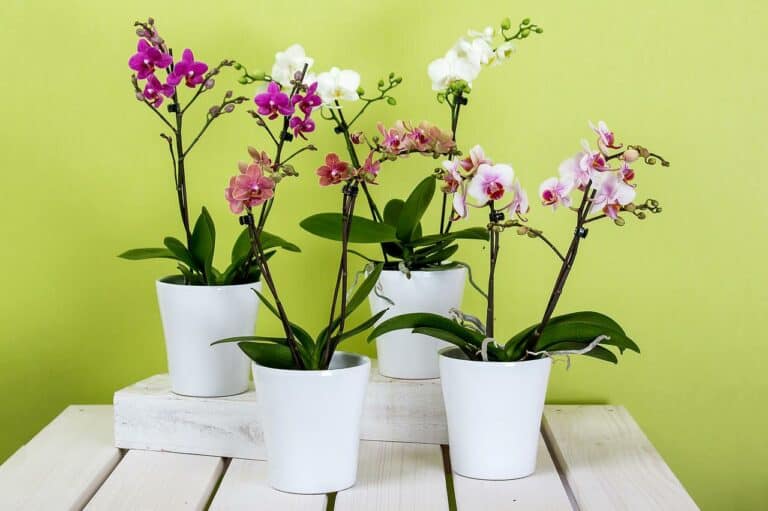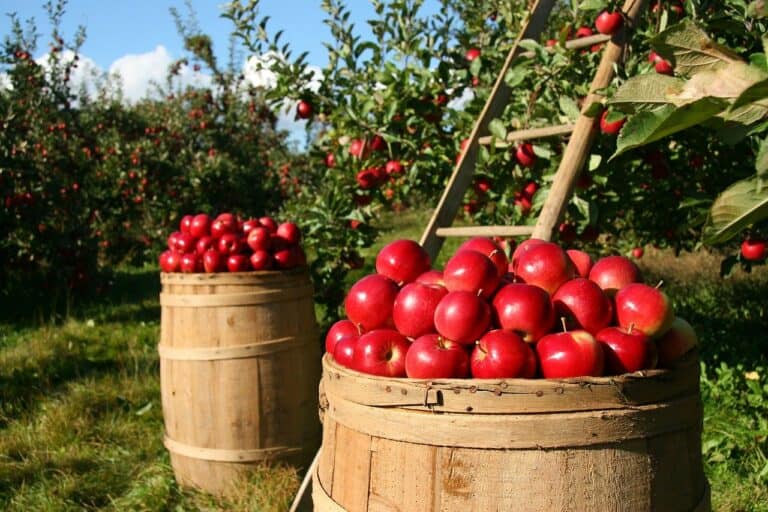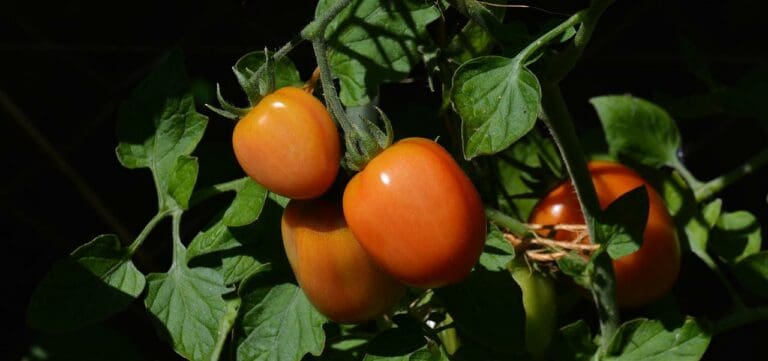Table of Contents
Hedgehog Aloe – Aloe Humilis
A stemless aloe humilis grows to a height of 15 centimeters. As mentioned before, the leaves are rosette-shaped with numerous prickles and toothed margins on both sides. It is known that this type of plant grows in clumps in its natural habitat.
The plant’s most striking feature is inflorescence, which can reach a height of 45 centimeters. In botanical terms, this arrangement is known as a raceme, or “cluster,” of pale orange-pink tubular flowers that reach a length of 4-5 centimeters.
Over the years, farmers have experimented with crossing aloe seeds, including Aloe humilis, which is used as a hybrid to create Aloe Spinosissima, one of the most aesthetically pleasing succulents.
This aloe plant is native to South Africa and does not survive temperatures below 5 degrees Celsius. Therefore, it must also receive natural light throughout the day, which exposes it to constant sunlight.
How To Care For – Hedgehog Aloe – Aloe Humilis
Taking care of aloe humilis in the best possible way does not mean that it cannot have problems. For example, there may be times of the year when it can suffer from a lack of nutrients.
In fact, as with all plants, it may be necessary to add liquid fertilizer, which is an excellent nutrient for the development of this aloe plant.
During the winter seasons, the aloe plant enters a rest period called the vegetative state, and in this phase, it mustn’t present any deficiencies.
Precisely for this reason, the fertilizer must be given, diluting about 20 ml of product (check the quantities with the instructions) in 3 liters of water, at least every 20-30 days.
Aloe humilis cultivation
The cultivation of aloe humilis provides quite simple care since it is enough for the plant to be exposed to light as long as possible, perhaps even keeping it in a window facing southeast during the winter.
Since aloe is a widespread plant throughout Europe, it adapts to all climates, even winter ones, which is another reason to say that growing aloe is easy.
Aloe Humilis Flower
The Aloe humilis flower is reddish with a paler tip and stands on a stem about 25 centimeters high. There is not much difference with the other types of aloe. The flowers are also orange, like those of Chinensis and barbadensis.
Aloe humilis flowering
The flowering of aloe humilis occurs in different year periods, generally at least 20 to 25 degrees. Due to its exotic origins, it tends to wake up from the winter rest period.
In this last period, it is advisable to remove the flowers that have grown at the base of the aloe plant.
Ornamental Features
Late in the winter, hedgehog aloe produces showy spikes of orange tubular flowers with pink overtones that rise above the foliage. This species’ sword-like, succulent leaves emerge bluish-green in spring and turn grayish-green throughout the season. Unfortunately, there are no significant fruits to be found on this species.
Planting & Growing
Hedgehog aloes will reach a height of about 12 inches and a spread of about 20 inches once they reach maturity. This plant can live for up to 40 years or more in ideal conditions, making it a very slow-growing plant.
Ensure that the plant receives full sunlight if you plan to grow it. Plants prefer dry to average moisture levels with well-drained soil and often die in standing water. It is considered drought-tolerant, ideal for a low-water garden or xeriscape. The pH of the soil does not matter to this plant, but it does grow best when it is sandy soil.
Pollution from the city does not seem to affect it too much. It is not native to the North American continent. The plant can generally be propagated through division; however, there may be restrictions or prohibitions concerning its propagation since it is a cultivated variety.
Besides being good garden plants, aloe hedgehogs are also excellent container plants that are easy to grow. Its upright growth habit makes it the perfect candidate to use this plant as a centerpiece in a container combination, surrounded by smaller plants and those that spill over the edge of the container. plant it near the center of the pot, surrounded by smaller plants and those that spill over the edges of the pot.
When plants are grown, it may be necessary to water them more frequently if they are growing in outdoor containers and baskets than if they were growing in the yard or garden.


